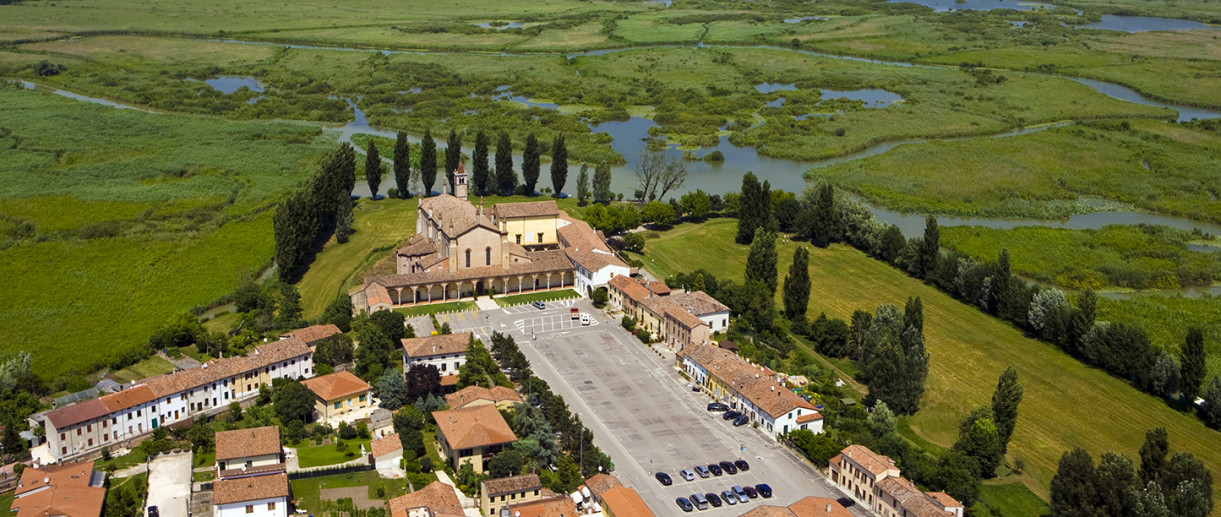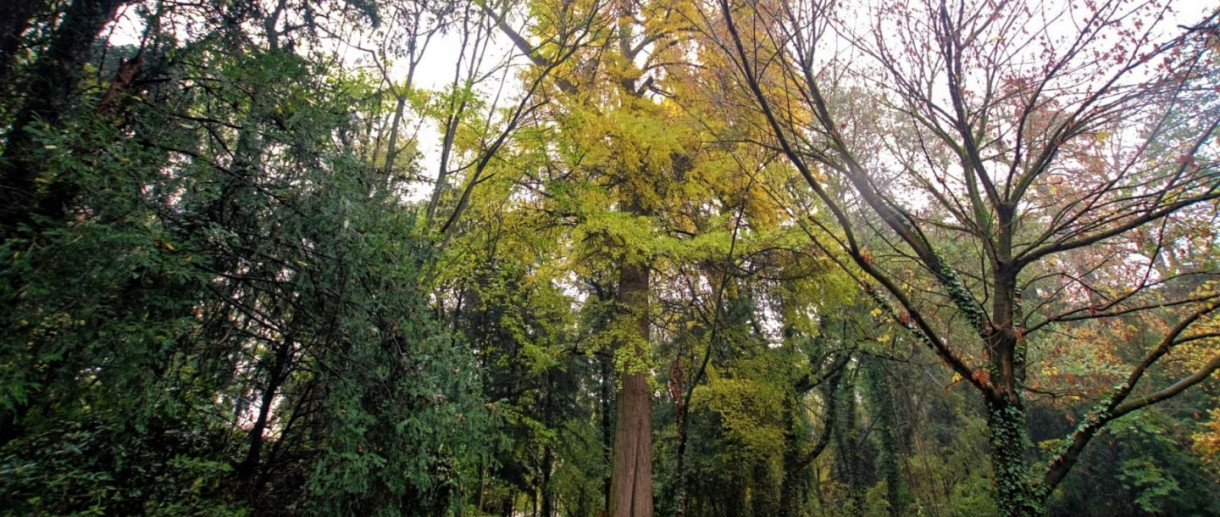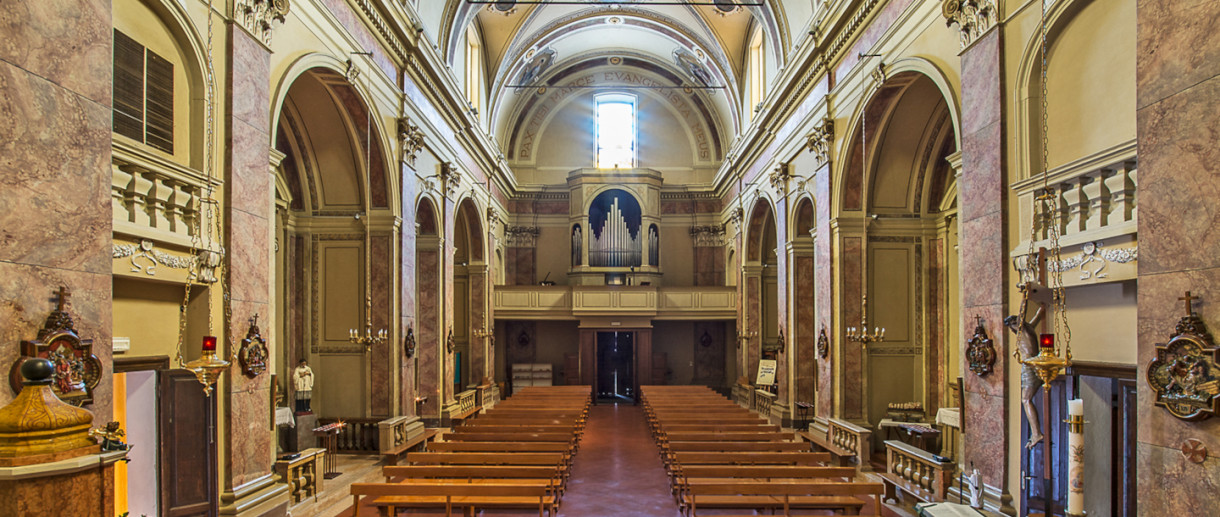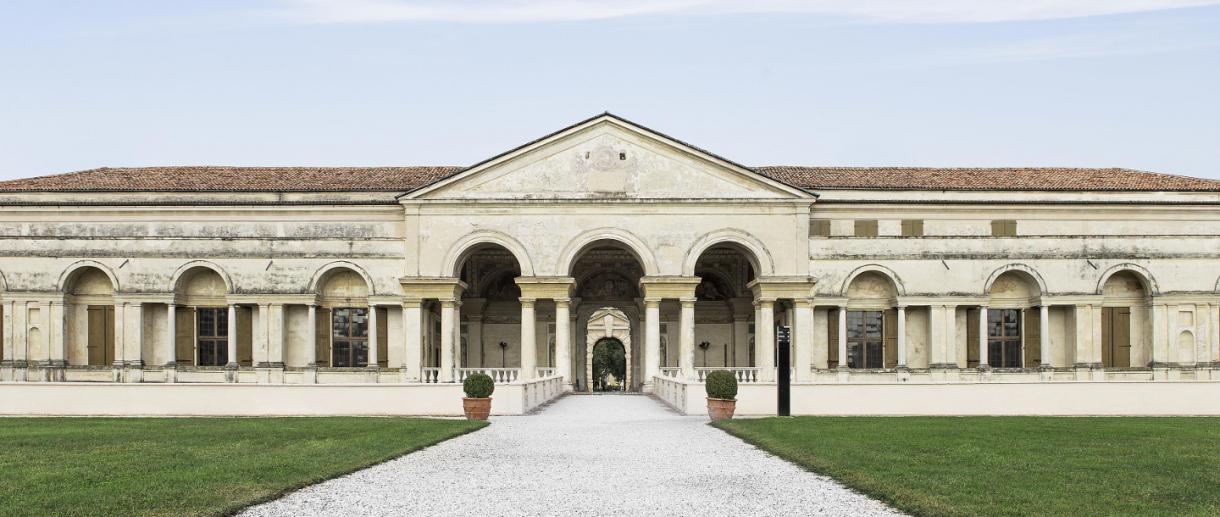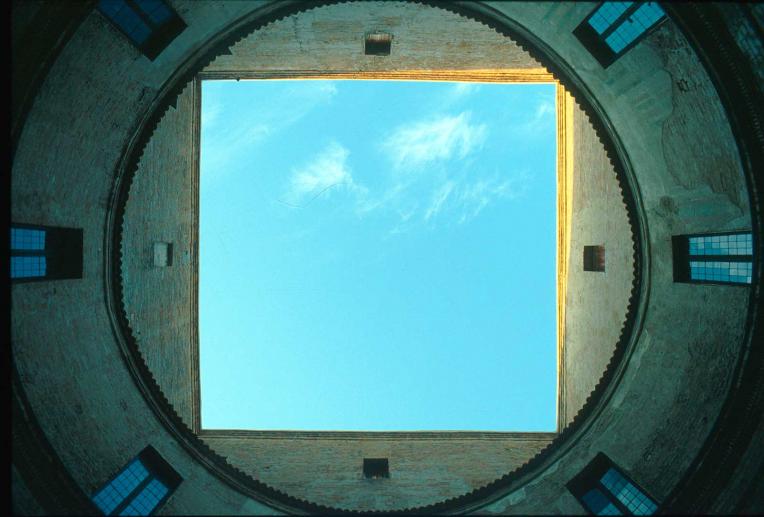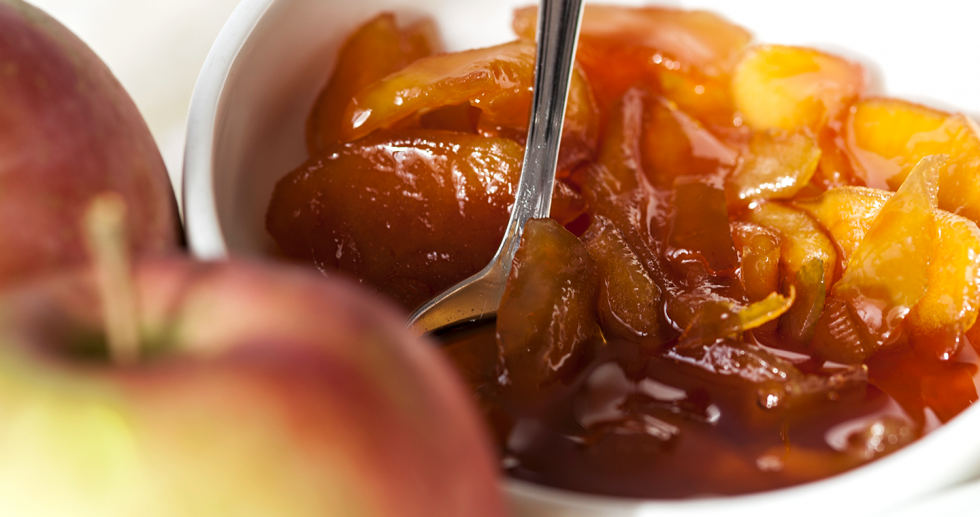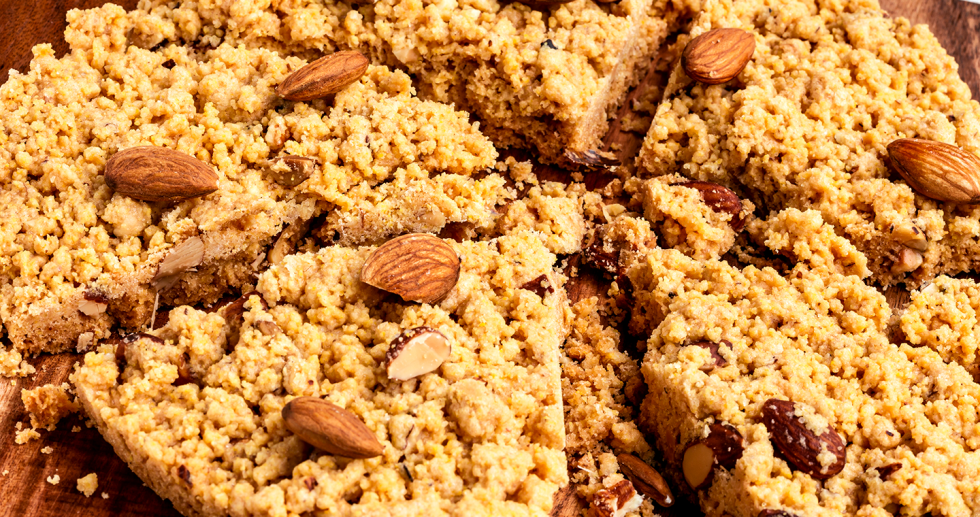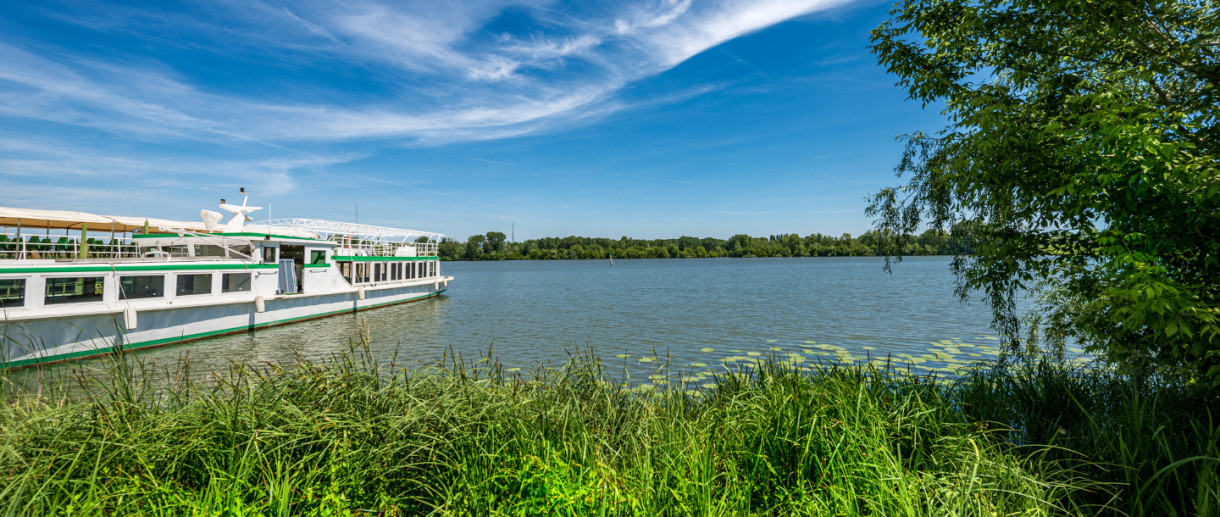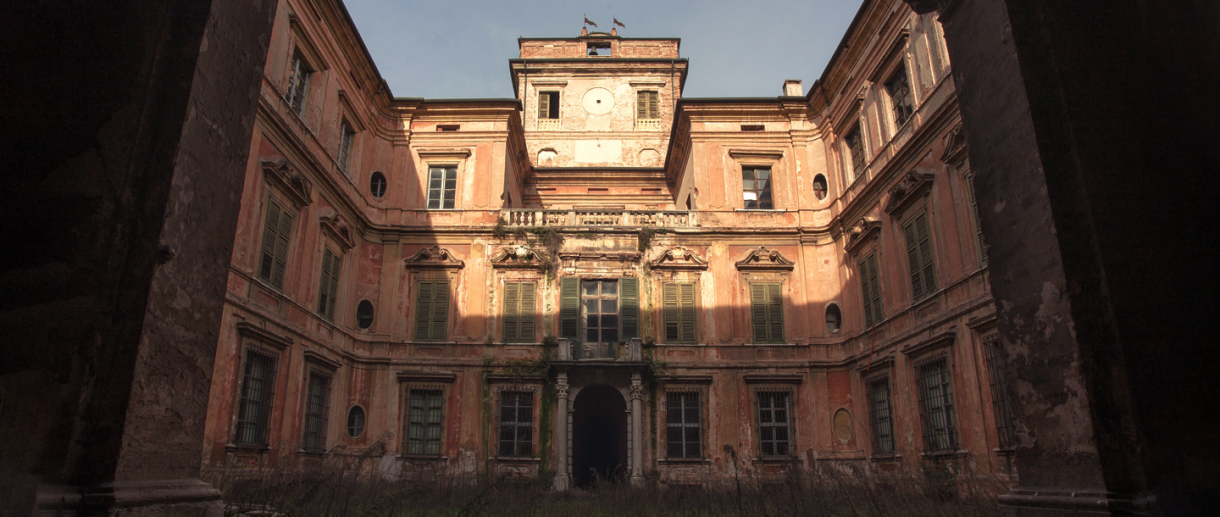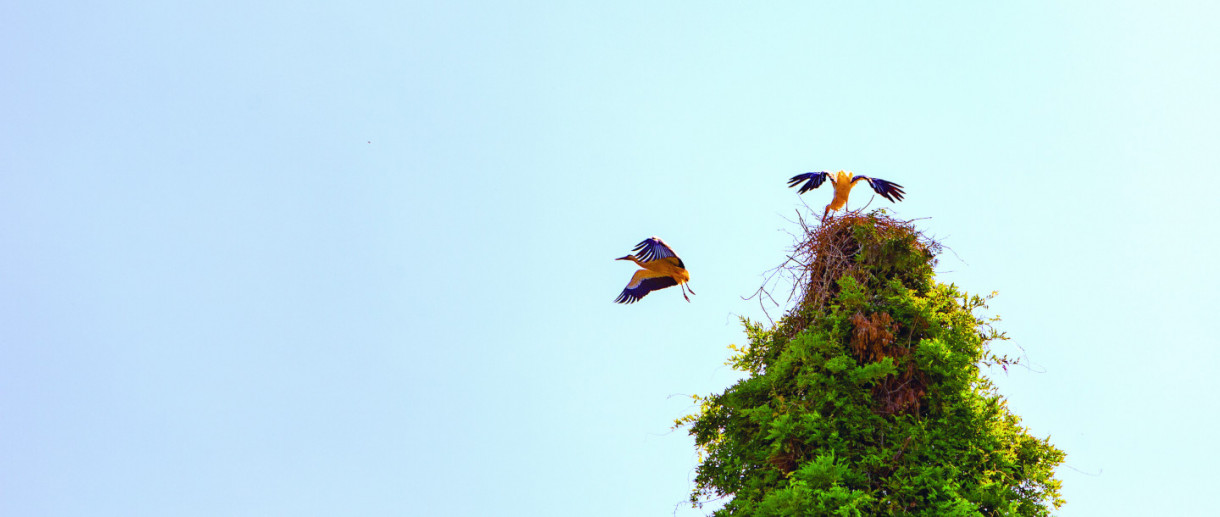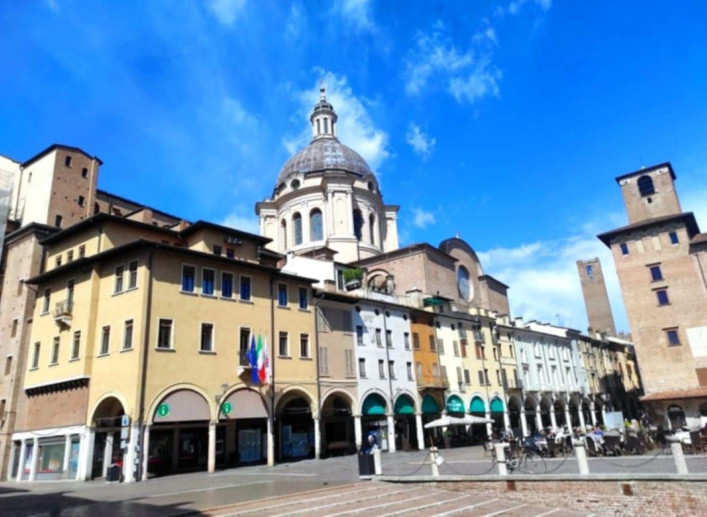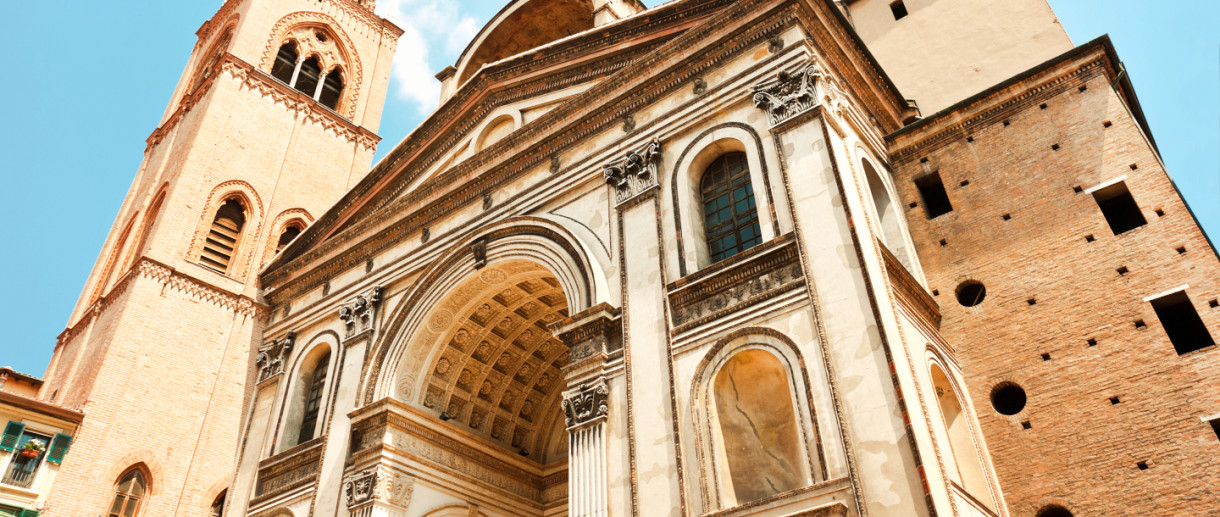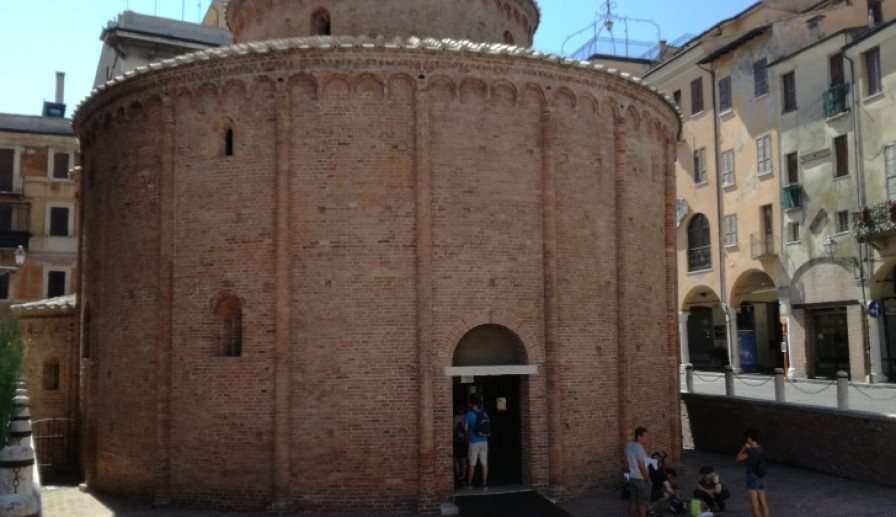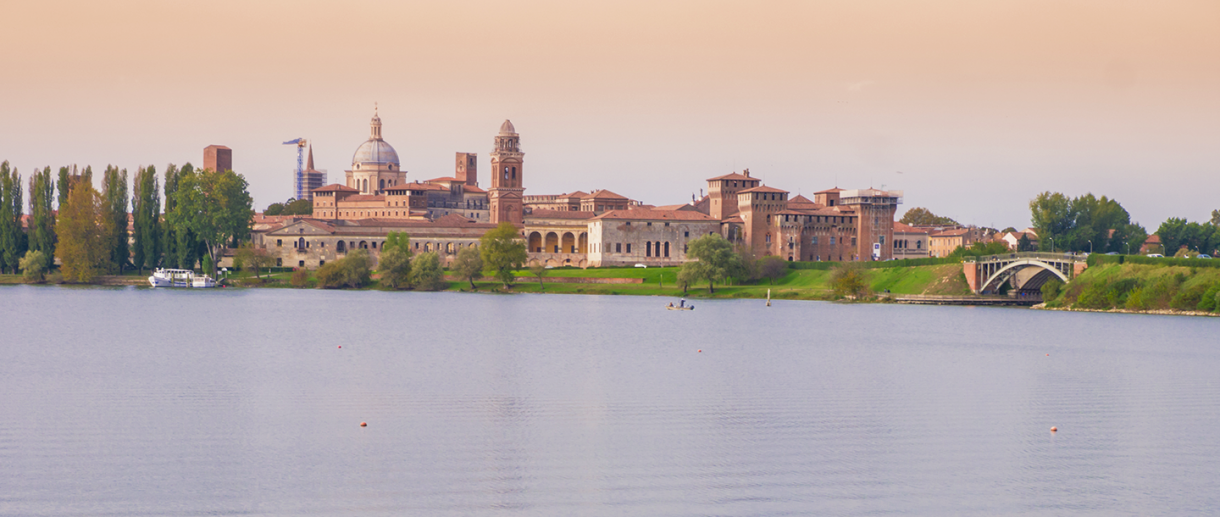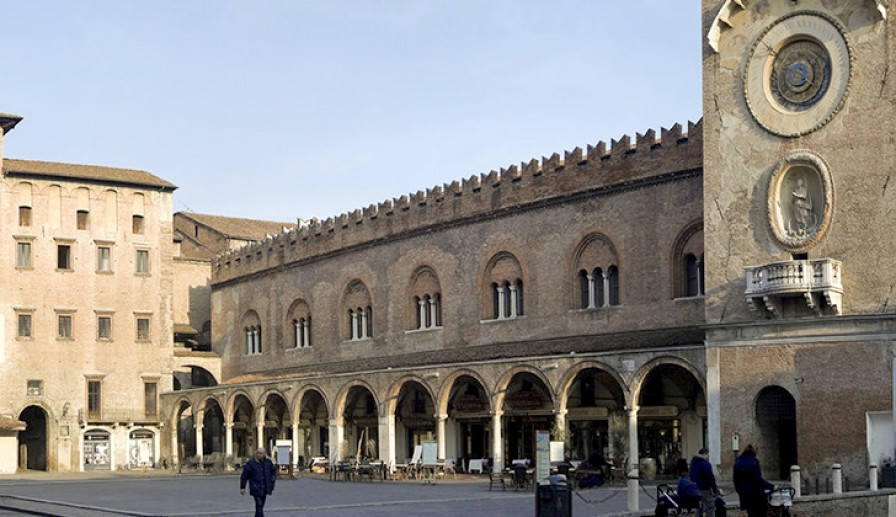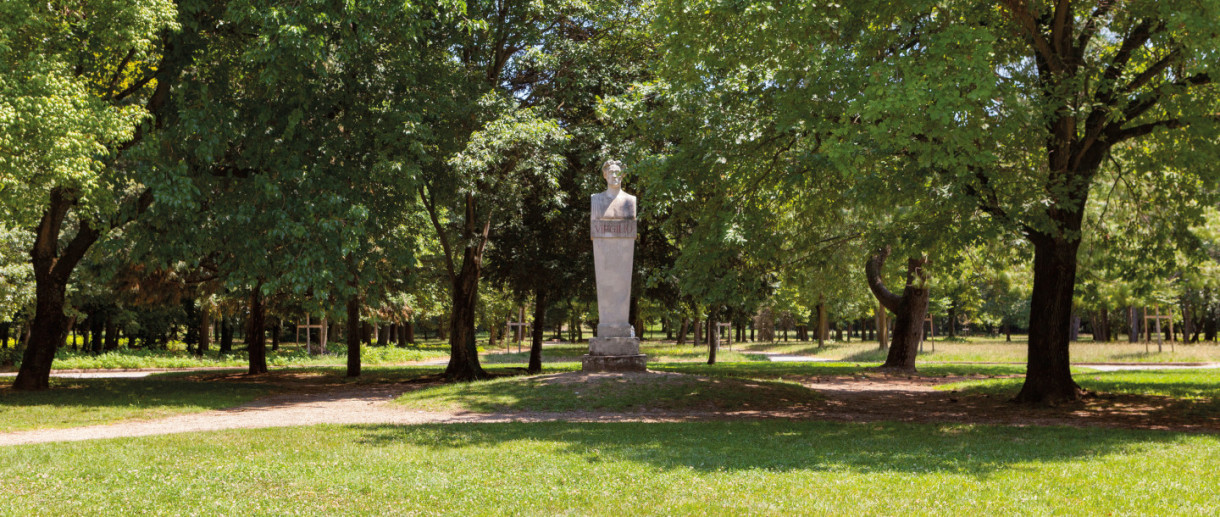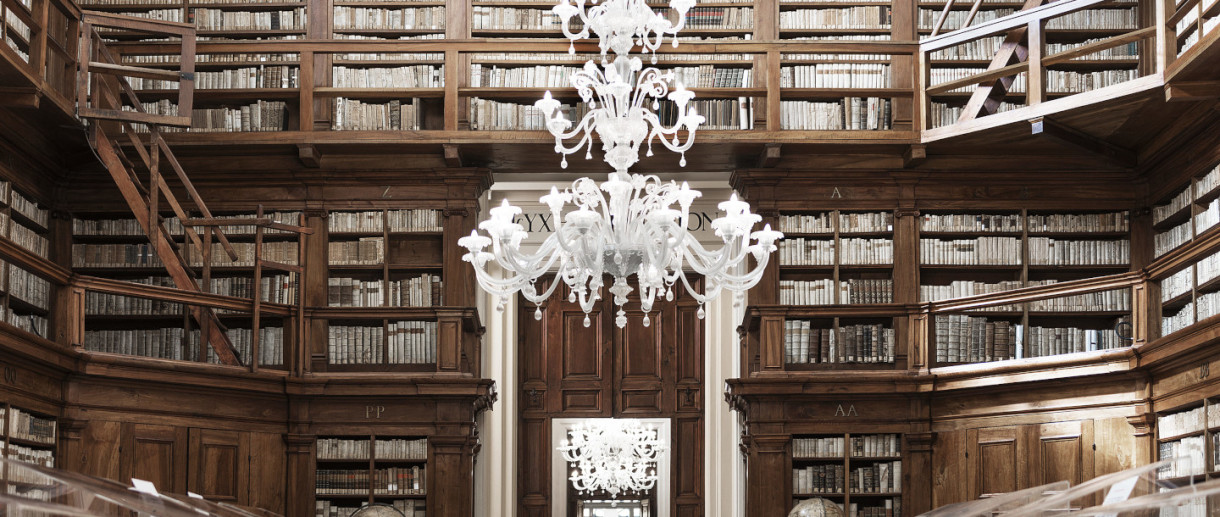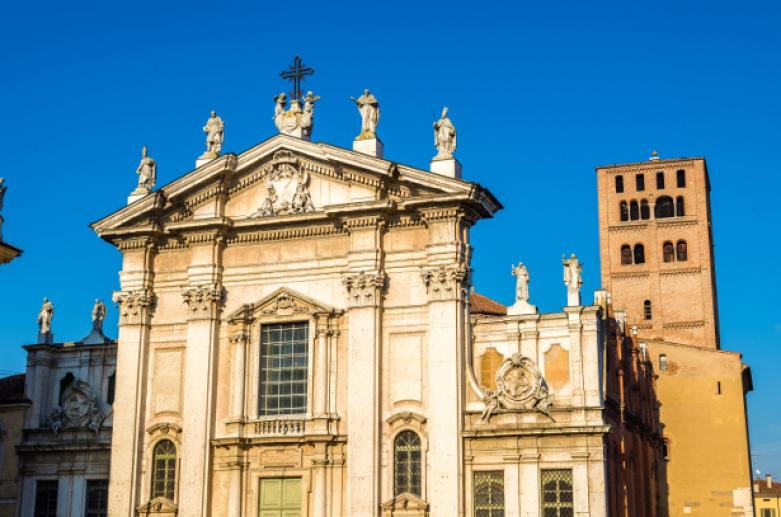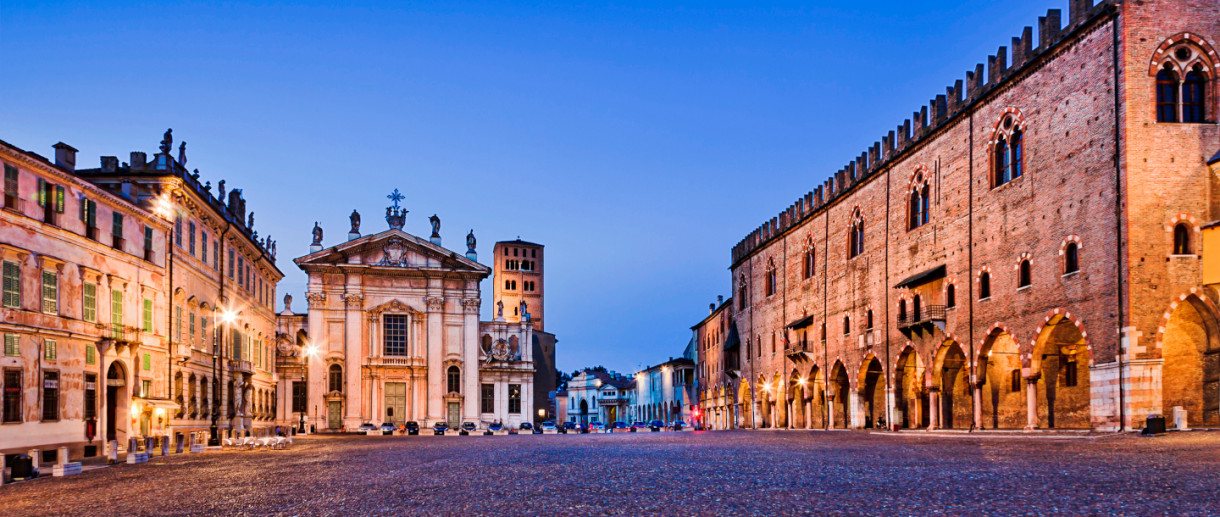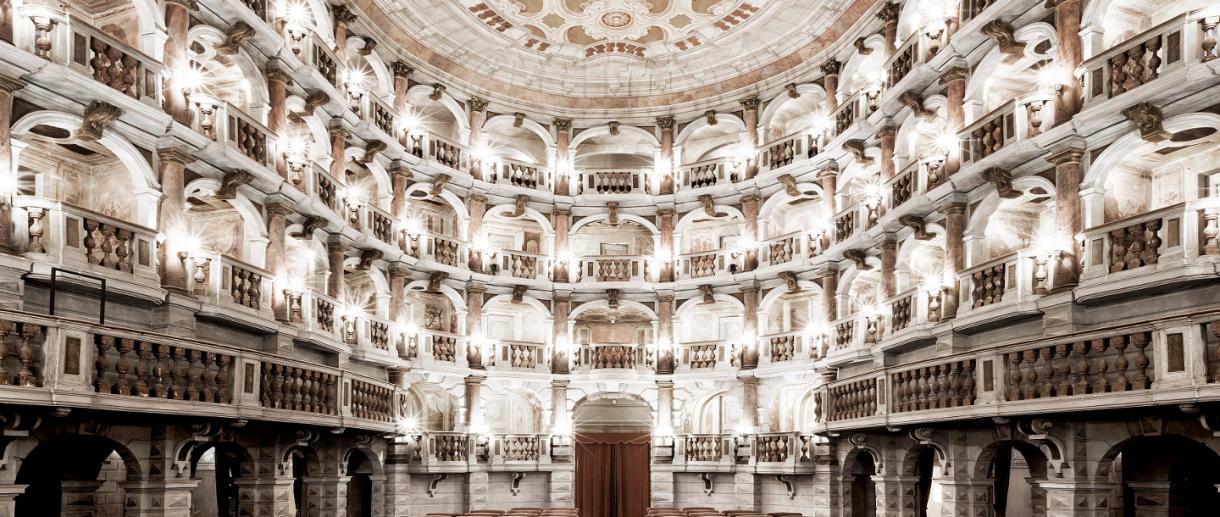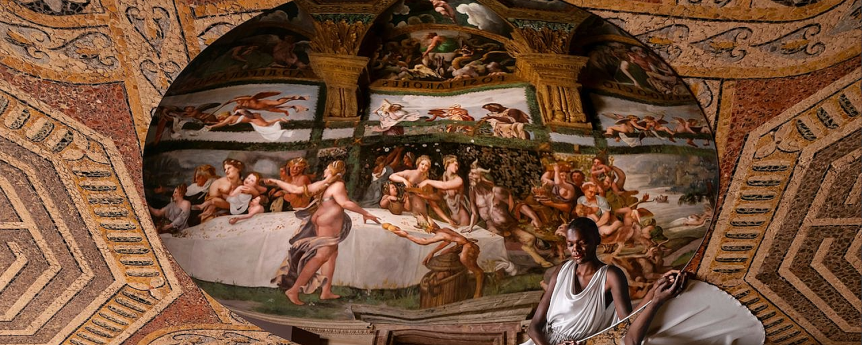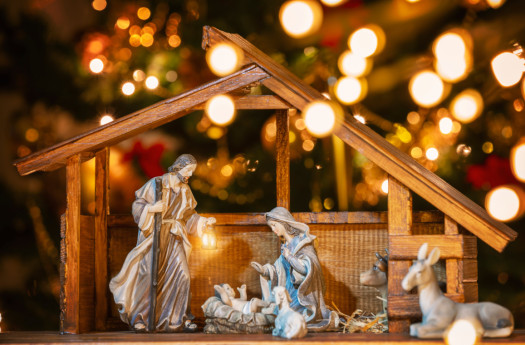- Villages
- Art & Culture
- Religious Tourism
Village of grazie in curtatone
Land rich in tradition and history is part of the Mincio Park where the river expands to form the lakes that surround Mantua
The Village of Grazie in Curtatone is named after the place of worship referred to as Santa Maria delle Grazie in 1362 and documented since 1037.
Today's sanctuary is located in the spot where the medieval church of Santa Maria di Reverso once stood.
The Village of Grazie is represented by the Sanctuary of Our Lady of Grace and by the buildings on the perimeter of the square that lies in front.
The oldest area is where the terraced houses are located on Via Madonna della Neve.
Fishermen's cottages and houses created by closing the arcades surround the square, such as those on the right side of the square, which housed the shops and lodgings for the pilgrims. At the entrance of the square look out for the Art Nouveau building known as Palazzo Sarto.
The sanctuary, in a raised position on the reeds of the Mincio, has a river that flows behind and the façade facing the village. Begun in 1399 and consecrated in 1406, the sanctuary was built in Lombard Gothic style.
The architect is believed to be Bartolino da Novara, the man who also designed the castle of San Giorgio in Mantua.
From the river, the sanctuary that the pilgrims and Gonzaga reached more often by boat than by land, appears like a vision of rounded and slender lines on the edge of a vast expanse of reeds.
Today, the pride of Grazie is the lotus flower that, in the months of July and August, makes its lush appearance on Lake Superiore. The lotus was imported from the Orient in 1921 by a Mantua naturalist.
At one time, the economy of the Village of Grazie was based on products made with marsh reeds, such as "arelle", used primarily as light covers for false ceilings, and sedge, used to make chairs and flasks.
